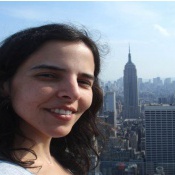Host-pathogen interaction: the Rabbit Haemorrhagic Disease (RHD) and the European Brown Hare Syndrome (EBHS)
The major question underlying this project is why the European rabbit and the Mountain hare and European brown hare are susceptible to RHDV and EBHSV, respectively, with mortality rates that can be up to 100%. Interestingly, and besides the similarities between the diseases and the viruses, cross-infection does not cause mortality and no other Lagomorphs seem to be fatally infected. In addition, young rabbits and hares are not susceptible to RHDV and EBHSV, respectively.
Our strategy to answer our main questions consists in: a) a complete characterization of the genome of these viruses; b) the detection of recombination, positive selection and negative selection as they might have a role in virus virulence; c) the identification of the carbohydrate ligands used by the viruses to attach to the host cells; d) the characterization of relevant genes in Lepus species; e) the detection of alleles in these candidate genes that may confer resistance to both diseases; f) searching for the presence of EBHSV in EBHS free Lepus’ species and g) searching for non-pathogenic strains of RHDV.
Alexandra Manuel Ferreira Lopes, Ana Maria Pinheiro Rombert Pinhão, Jacques Le Pendu, Nathalie Ruvoen (Clouet), Kristina Nystrom, Alexandra Müller


